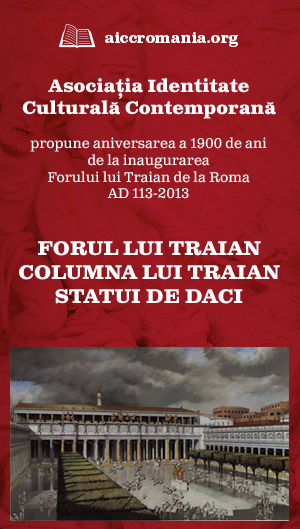Museum of Fine Arts / 465 Huntington Avenue, Boston, Massachusetts 02115 / mfa.org
Dacian - head executed in red porphyry nr. inv. 13.2722
Place of discovery: not known with certainty (according to some information, difficult to verify, the sculpture was found in Rome (according to the words of Iandolo and transmitted by Richard Norton) in the excavations at the Thermae of Caracalla. Coming from Francis Bartlett Foundation, LD Caskey bought the piece for The Museum of Fine Arts in Boston in 1913. But the ancient sculptures in porphyry and had the result that excellent state of preservation of the head of Boston was remarkable and extremely rare. traces of mutilation, as those left after sculpture (head) was detached from its base, almost protected the (saved) the rest of the statue. the ancient monuments with a head made in the porphyry. Other statues of porphyry known to this day have the heads carved separately from the body, of a different material, generally being of white marble. Together, these arguments plead in favor of the modernity of the head.
Material: red porphyry.
Dimensions: height 0.53 m
Date: the sculpture is probably modern but made in the Roman style of the late imperial period. The head of the Boston Museum was bought as an ancient work, but it turned out pretty quickly that this sculpture was worked in a post-classical manner. Many experts place the making of this statue either at the beginning of the XXth century or by the end of the XIXth century; it is also possible an artist in the years 1770-1820 to have had done this portrait of a Dacian.
The possibilities this head to belong to the period of Trajan or Hadrian are insufficient, but not negligible. One of the reasons for which the sculpture was considered modern is the rarity of the imperial sculptures made in porphyry before the third or fourth century AD. Another reason, the numerous cracks found around the head did not affect also the face, whose state of preservation is excellent. A third reason is the excellent grinding of the surfaces representing the face and neck skin.
Typology: Dacian-Pileatus. The type of the character is that of a Dacian, with irregular strands of hair on the forehead, the aspect of the mustache, favorites and tuft of hair on the chin. The head is covered with the Dacian cap with sharp bow leaned forward (Pileus).



















